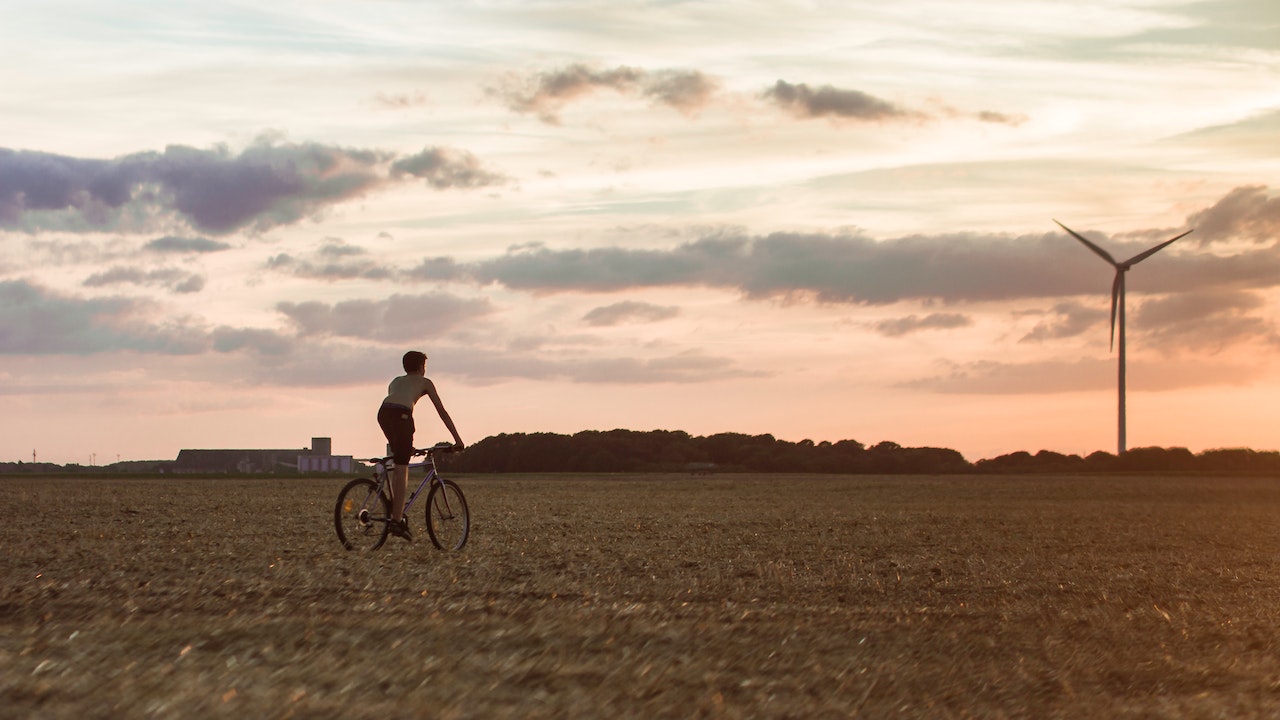Learning How To Learn

Photo by Hasan Zahra
Developing an innovative organization
Businesses commonly see employees as a means of producing something useful. Revenue is generated by a valuable good or service... This is only a partial view.
A more modern view takes human resources,
i.e., people, as the main resource of an organization. This view takes one step back from the previous perspective; it acknowledges the value of what (or who) generates the good or service. It also balances out the fact that the financial valuation of a company explicitly includes the cost of employees, but not the value they add. Although this view is more encompassing... it is still partial.
Forward-thinking organizations, in attempts to integrate and move past these two partial views, have found ways of structuring organizations, visions, and strategies that benefit both employees and organizational outcomes in mutually beneficial and mutually reinforcing ways.
This is done by weaving learning and development into daily work such that it becomes the lifeblood of a company, the way research and development has often been for innovative organizations.
This approach requires a view of productivity that is long-haul, sustainable, and ethical. It requires responsible resource use, including human resources. It requires a pact with the world that says: I will not take more than I give. I will create generative products and services. I will do work that brings respect and dignity to myself and others.
It requires humility, grace, and an inordinate amount of intelligence. It requires all of these, because anything less yields short-term success at the cost of long-term failure in the financial, social, and ecological contexts in which a business inevitably operates.
There are a few core skills necessary to sustain this orientation.
- It requires sufficient awareness to notice the patterns that dictate your own and others’ decision-making.
- It requires the skills to produce innovation, and the willingness to sustain it.
- It requires a vision or purpose that provides meaning and guidance
- And, it requires the ability to communicate in effective ways – ways that create short-term and long-term improvements.
Without these pieces, most efforts cannot succeed. High-quality L&D, whether centralized or decentralized, can realize these skills.
Shifting The Focus
Adopting this orientation causes the main work of an organization to shift. A focus on meaningful and valuable products and services necessarily begins to include the organizational culture that enables them. At the end of the day, as people, products, and environments change within an organization, one thing can remain stable: A culture that enables better goals, meaningful relationships, and generative work. This deep innovation fosters the conditions that allow innovation to develop and flourish sustainably over time.
Deep innovation means that instead of looking around to see what other people are doing (although this can be part of any good strategy), you look inside your own organization and inquire: What else is possible? How could this organization become (or remain) one that leads? It's not enough to have had or done something great – the process of reinvention is ongoing. A mature organization, evolving harmoniously as times and realities change, will be able to flourish long-term.
One big question remains: How do you develop sustainable learning and change? Many good answers exist, and these answers create organizations capable of giving our grandchildren a world worthy of them.
This article was from our resident organizational psychologist, Sofia-Jeanne Caring, who is working to bridge the researcher-practitioner gap in learning and development. Check out more of her articles and podcasts.
